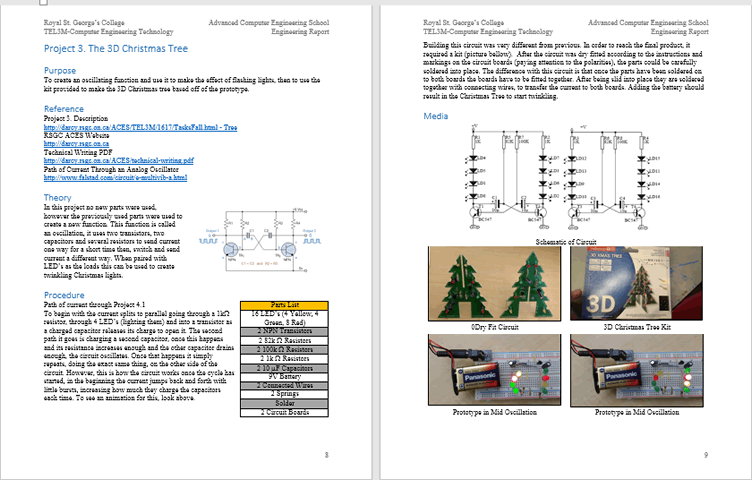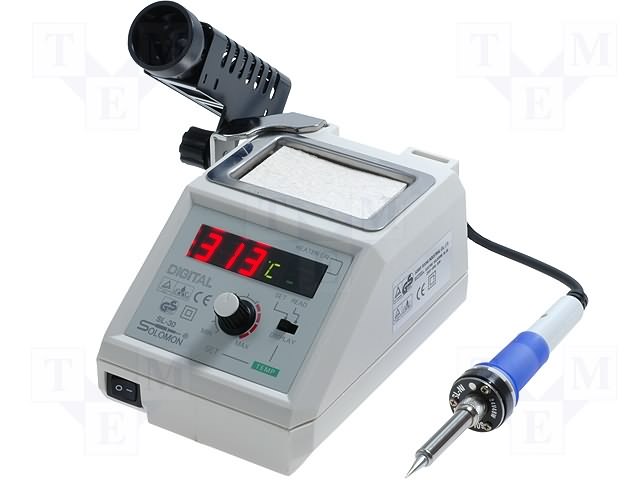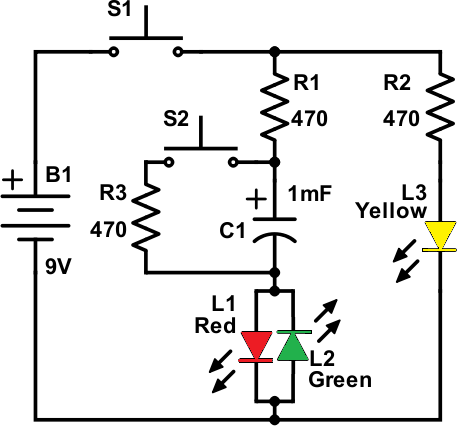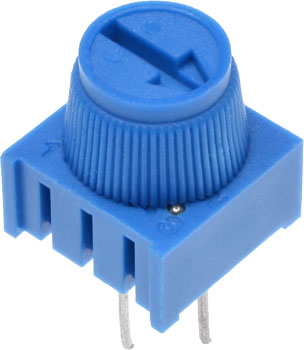 There are no quizzes, tests, or exams in our ACES program. Put another way, you are NEVER put into the position of having a dramatically limited amount of time to demonstrate the skills you have acquired. You can invest as much (or as little) time into your reports as you choose. In return for being granted complete control over the depth and quality of your submissions I can place a premium on detail, precision, and the pursuit of perfection. So, my advice to you if you want to become exceptional is to follow the written and oral instructions carefully and, beyond the required elements of each report, demonstrate tasteful and appropriate creativity and imagination to distinguish yourself from the mediocre. Good luck and, remember, the race is long but it's over quickly.
There are no quizzes, tests, or exams in our ACES program. Put another way, you are NEVER put into the position of having a dramatically limited amount of time to demonstrate the skills you have acquired. You can invest as much (or as little) time into your reports as you choose. In return for being granted complete control over the depth and quality of your submissions I can place a premium on detail, precision, and the pursuit of perfection. So, my advice to you if you want to become exceptional is to follow the written and oral instructions carefully and, beyond the required elements of each report, demonstrate tasteful and appropriate creativity and imagination to distinguish yourself from the mediocre. Good luck and, remember, the race is long but it's over quickly.
Reports: Required Elements
If you do not submit your report by the deadline specified, you receive a mark of 0. This is done as a favour to you to help you appreciate that the real world will dismiss you if you can not demonstrate responsibility and accountability. You are to archive ALL of your reports in the single Word document, ER.docx. The first page is your Title page, followed by a multi-page Table of Contents, after which your reports begin. EACH report will start at the top of the next new page and, unless otherwise specified, consist of the following sections, in the order listed,
Purpose
Reference
Procedure
Media
Reflection
The vast majority of us can tell the difference between quality and rubbish in an instant. As a young scholar you have to decide what your name will stand for. It should matter very little whether you enjoy a task or not; if you're going to attach your name to something it is a direct reflection of who you are.
Project 4. A Counting Circuit
This final activity introduced a simple introduction to fundamental capabilities of many digital devices: counting and display. There were a number of stages or subcircuits in this system and your ER will clearly present the role played by each.
Start your ER with a big picture Theory section,
written in your own words that mentions, generally, the input to the system, the generation of a clock signal consisting of pules having both a duration and a frequency, culminating in the presentation of the pulse count on the display device. This would an ideal place to present a detailed, margin-to-margin Fritzing diagram, breadboard or (organized) schematic view, to introduce your readers to the full prototype you are about to describe and discuss in three pages that follow.
A Note on Graphics. Graphics should support the text they are illuminating. Poorly composed photos, sloppy and inconstent choices for diagrams like pinouts and schematics work against you as they can confuse your readers and leave them with a sesne that the author doesn't care about his presentation so why should they?
Follow the Theory Section with the six subsections described below. For the first section, Analog Input, include, as a graphic, that part of the schematic that it pertains to. The latter five subsection should start with their own Reference Section that include the respective live hyperlink appearing below for your convenience:
Following the Reference subsection within each of the five areas, include a Purpose section
describing in detail, how each stage contributes to the sequence. Be sure to clearly present the input, processing, and output of each stage, supported by informative, attractive, and well-formatted graphics.
Following the final subsection include Media (captioned photos and video) and Conclusion sections.
A. Analog Input
- Purpose (discuss the PBNO switch and the pullup resistor configuration)
- Include your own breadboard/schematic diagram, right-aligned, to
support your discussion.
B. NAND Gate Oscillator (4011)
- Purpose
- Explain, in detail, the function of this chip (Input, Processor, Output)
- Explain the concept of analog input to digital output and how this
chip accomplished this
- Include
a discussion of the pin diagram in this
IC
- Explain what a clock signal is
- Discuss the role played by RC1 and RC2 and the role played by its respective capacitors and resistors.
- Pinout diagram taken from the web and your own breadboard /schematic of the wiring and supportive analog components
C. Decade Counter (4017)
- Purpose
- Explain, in detail, the function of this chip (Input, Processor, Output)
- Explain what it means to ensure ALL of the input pins must be conditioned and
how this is done
- Pinout diagram taken from the web and your own breadboard /schematic of the wiring.
D. Decimal Counting Binary Up/Down Counter (4510)
- Purpose
- Explain, in detail, the function of this chip (Input, Processor, Output)
- Create a two-column table with rows for all 16 4-bit binary values in the
left column and their equivalent decimal values in the right column
- Pinout diagram taken from the web
E. Binary Counting Decimal Decoder (4511)
- Purpose
- Explain, in detail, the function of this chip (Input, Processor, Output)
- Explain the purpose of the Blank, Store, and LampTest pins and how they must
be conditioned for normal use.
- Pinout diagram taken from the web
F. Seven-Segment Display
- Purpose
- Explain, in detail, the function of this component
- Explain the difference between the Common Anode (CA) and Common Cathode (CC)
versions of this component. Which one did we use?
- Explain how the pins on the 4511 and 7-seven semgent make the wiring straightforward.
- Explain why each pin on the display requires its own resistor.
- Graphic (google a similar small image)
- Pinout diagram taken from the web
Be sure to address ALL issues from previous submissions and update your Table of Contents before attaching ER.docx to an email to handin under the Subject Line: A Counting Circuit
Project 3. The Breathing LED
 This two-part project wraps up our introduction to analog circuits. See p. 37.
This two-part project wraps up our introduction to analog circuits. See p. 37.
Part 1 yields an analog device that produces a very useful DC signal known as a square wave that oscillates, repeatedly, between two states: high voltage and ground. This device is known simply as an analog oscillator or, more formally, as an astable multivibrator. Once your device is protoyped and assembled, LEDs can be attached to the terminal blocks on the PCB to confirm the alternating behaviour (flashing).
Part 2 of this project yields a simple application of the square wave signal to simulate a 'breathing' effect of an LED, much like the drive light on the front of your laptop to indicate power is still on. The schematic for the additional circuit appears at the bottom of page 37. You are asked to attached this circuitry to your analog oscillator from Part 1, and use it to create an interesting effect. Click on the image to the right to see how one creative maker put this breathing effect to good use.
 Task.
Task.
- Document your efforts to produce an reasonably stable device that exploits the breathing LED effect.
- For the third entry in your ER, develop a report of similar structure to your first two reports (Title, Purpose, Reference, Procedure, Soldering, Media and Reflection). Break the Procedure section into two logical parts that include separate Parts Tables. and appropriate schematics. Since this is your first soldering project, include a specific section devoted to your discussion of the concept, materials, and strategies surrounding the skill and your achievement.
- Submit your ER to handin by the deadline, under the Subject Line: The Breathing LED.
Project 2. The Capacitor
 Along with resistors, capacitors belong to a family of components known as passives in that they do not introduce a new source of energy into a circuit. Capacitors serve a number of useful functions in both DC and AC circuits. In completing this project you will strengthen your understanding of the role a capacitor, in series with a resistor, plays in the timing aspects of both analog (and digital) circuitry.
Along with resistors, capacitors belong to a family of components known as passives in that they do not introduce a new source of energy into a circuit. Capacitors serve a number of useful functions in both DC and AC circuits. In completing this project you will strengthen your understanding of the role a capacitor, in series with a resistor, plays in the timing aspects of both analog (and digital) circuitry.
The schematic, below right, is of a test circuit that, in my view, best illustrates of the functional behaviour of an electrolytic capacitor in a DC circuit. In class we have discussed the charging of an empty capacitor and the effect this has on the capacitor in terms of its resistance (in AC circuits this property is referred to as reactant). In a DC circuit, a single RC Time Constant, denoted τ, can be expressed simply as,
`τ=R×C`
where τ is measured in seconds, R is measured in Ohms, Ω, and C is measured in Farads, F.
Task.
 This project takes time to undertake properly, so be patient, and start early. To achieve the best results for each of the numerous trials, the capacitor should be fully drained. In the Procedure section of your report, explain how this is achieved in the circuit to the right.
This project takes time to undertake properly, so be patient, and start early. To achieve the best results for each of the numerous trials, the capacitor should be fully drained. In the Procedure section of your report, explain how this is achieved in the circuit to the right.- On a breadboard, prototype the circuit to the right as neatly as you can using the first pair of resistor-capacitor values in the table below. Connect the longer lead of the bi color LED to the capacitor and the shorter lead to ground. This ensures the orientation that agrees with the schematic. Note: Be sure to drain the capacitor and measure the voltage with your DMM to be sure. Explain this step in your Procedure and explain any related issues you have in achieving this.
- Once connected, hold the momentary button down for at least 10 seconds before releasing it. Note the behaviour of the LEDs in particular, and try to explain what electrical behaviour at work, throughout. Do this a number of times until you feel you understand the principles.
- Now, more formally, using the timer on your phone, and through observation, record the approximate charging and discharging time from the start until your eyes can no longer detect a visible state change in the LEDs. Perform at least three trials with the first resistor-capacitor pair and record the average.
- As you know, this time represents 5 RC Time Constants (5τ~98%). To obtain a value for a single time constant, τ, you must divide your value by 5. For your ER, you are asked to duplicate the table that appears below. Using Word's ability to perform a calculation, insert a formula in the third column of each row (Layout > `fix`) that will determine the theoretical value for τ). In the fourth column, enter your observed result.

- Repeat Steps 3 and 4 for each of the remaining 5 RC pairs in the table. Again, perform a number of trials with each pair and record the average. Note: You may have to use a pair of the same component in series or parallel to achieve the expected rating for the respective component!
- For your ER summary, be sure to include the required sections listed above. It is up to you to decide the supporting images and graphics that engage your readers and leave them with a solid understanding of the concepts. The table below is large enough to be center-aligned on your page. Be sure to insert the correct formula in the third column that will correctly and dynamically evaluate the values in the first two columns of same row.
- Attach your (corrected) ER to an email to handin under the required Subject Line by the deadline.
Project 1. The Potentiometer
 One of the most important skills an engineer must possess is the ability to communicate, both in spoken word and in written form. Developing this skill takes much practice and this is precisely why the Engineering Report plays such a crucial role in our program (and your mark)
One of the most important skills an engineer must possess is the ability to communicate, both in spoken word and in written form. Developing this skill takes much practice and this is precisely why the Engineering Report plays such a crucial role in our program (and your mark)
For your first Engineering Report (ER) submission, you are to present the dual role of The Potentiometer by demonstrating your understanding through the two circuits developed in class last week You are required to be familiar with the Guide for Technical Writing and through practice and regular editing your sentence structure will improve. Poor grammar and spelling skills detract from your presentation.
Task.
- Using as many of the Word formatting skills you have acquired in previous years and been introduced this week, develop your first report according to the Engineering Report requirements discussed. The Report title is Project 1. The Potentiometer. and will appear in Heading 2 Style.
- Each of the five subsections indicated above will appear in Heading 3 Style. The body of these sections will appear in the Normal Style (Times New Roman 11pt). Your text will be presented in both the Active Voice (not first, second, or third person), and FULL paragraph form (not point form), edited and formatted appropriately to avoid orphans.
- Your Purpose section will include up to three, unique, well thought out sentences providing the essence of what this project is designed to explore.
- Your Reference Section will contain links to the essential internet content that supports this project report.
- Your Procedure Section will take your readers through the prototyping process of each of the two subcircuits. Within this section is a strategically located, right-aligned, comprehensive, well-formatted, Parts List. In addition to other images, your completed Fritzing diagram showing the two circuits the text is explaining can span the entire page between the left and right margins. In completing the diagram, be sure to minimize the use of unnecessary components and place that parts to reflect the recommended prototyping practices we emphasized in class.

- Your Media Section will include well composed and formatted photos of your to circuits. In addition, you will include the full URL link to your one minute Youtube video that demonstrates your understanding of these two circuits.
- Your Reflection section will be a short paragraph, the only written the first person, in which you reflect on one or more aspects of Project's experience. You should consider documenting challenges and successes you had, time-management issues, steps you would have done differently or even inspiration for future projects, to name some possibilities.
After having completed all of the above to the best of your creative and skilled ability, it is essential that your submit your report correctly and on time.
Attach your ER.docx file to an email to handin by Saturday March 3 at midnight, with the Subject Line, The Potentiometer
 There are no quizzes, tests, or exams in our ACES program. Put another way, you are NEVER put into the position of having a dramatically limited amount of time to demonstrate the skills you have acquired. You can invest as much (or as little) time into your reports as you choose. In return for being granted complete control over the depth and quality of your submissions I can place a premium on detail, precision, and the pursuit of perfection. So, my advice to you if you want to become exceptional is to follow the written and oral instructions carefully and, beyond the required elements of each report, demonstrate tasteful and appropriate creativity and imagination to distinguish yourself from the mediocre. Good luck and, remember, the race is long but it's over quickly.
There are no quizzes, tests, or exams in our ACES program. Put another way, you are NEVER put into the position of having a dramatically limited amount of time to demonstrate the skills you have acquired. You can invest as much (or as little) time into your reports as you choose. In return for being granted complete control over the depth and quality of your submissions I can place a premium on detail, precision, and the pursuit of perfection. So, my advice to you if you want to become exceptional is to follow the written and oral instructions carefully and, beyond the required elements of each report, demonstrate tasteful and appropriate creativity and imagination to distinguish yourself from the mediocre. Good luck and, remember, the race is long but it's over quickly.


 This project takes time to undertake properly, so be patient, and start early. To achieve the best results for each of the numerous trials, the capacitor should be fully drained. In the Procedure section of your report, explain how this is achieved in the circuit to the right.
This project takes time to undertake properly, so be patient, and start early. To achieve the best results for each of the numerous trials, the capacitor should be fully drained. In the Procedure section of your report, explain how this is achieved in the circuit to the right.
 One of the most important skills an engineer must possess is the ability to communicate, both in spoken word and in written form. Developing this skill takes much practice and this is precisely why the
One of the most important skills an engineer must possess is the ability to communicate, both in spoken word and in written form. Developing this skill takes much practice and this is precisely why the 